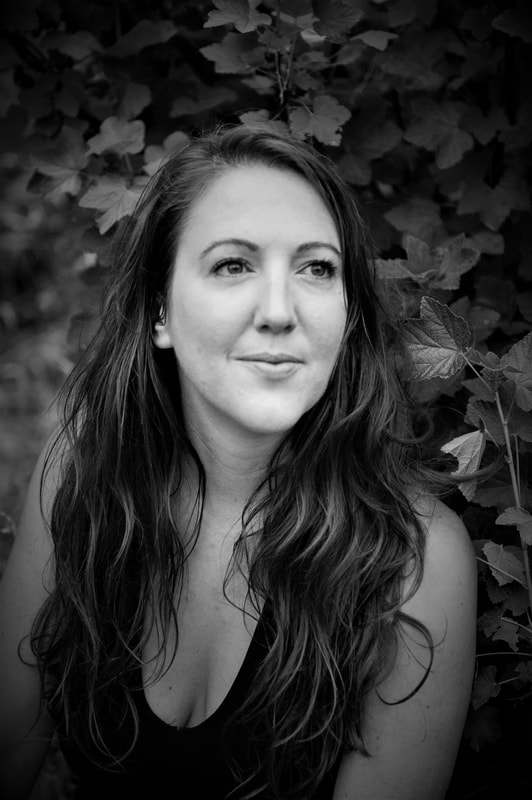 A few years back, I came across a book in which the authors sat on a beach and read Richard Jefferies' autobiography, The Story of My Heart until the waves reached their toes. The duration of their reading was the duration of a changing tide. I love the idea of the sea as a timer, an hourglass, sucked in at the waist, then eating its fill. Recently, I’ve been experimenting with the length of poems. In May, I composed a poem whilst walking along a friend’s lane in Drisheen in rural Cork. Each night I’d walk this lane, just as the light was almost gone. Often by the time I returned it would be dark, and the bats would be on their circuits above me. This lane is the same lane where my uncle was carried from a wake-house to the cemetery where he is buried. It was his last journey, and our last with him. It is a lane where I’ve felt many things throughout the years: despair, bliss, comfort, awe, grief, giddy happiness, the beginnings of love. It is what you’d call a deep lane, a green lane, an ancient way, or a holloway - the track is low as a trench beneath the fields at some parts, it is like a walled garden in others and at night there is such a complete blackout that you can’t see your feet. You walk like an astronaut - slow, high steps. It allows you to believe we’re in space and a dark place in this messy rift of stars and planets. One night, a sentence came to me as I was heading up. The line was: To walk along the lane at night, is to see god and to see god is to know yourself. I am not a religious person, god has never entered my writing, so this line took me by surprise. I decided to take the line for a walk the next day and speak the poem to the air, using a dictaphone. The length and time it took to walk the lane, would be the length of the poem and time it took to make the poem. Each turn in the track was a new stanza. There were two small intermissions when I stopped to chat to a painter who lives halfway down the lane, and when my cousins turned into the bottom of the lane as I was mid-description, looking at and tasting hairy bittercress. The shape of the poem became a Haibun - a mixture of natural history prose-poetry, with shots of haiku. The haikus - were for each time I looked out from the lane to the surrounding farms, mountains and hills. The prose-poetry was what was nearest - at my feet and beside me. Each new turn in the track brought a different viewpoint and the flora changed from short stubby turgid stars growing on dry rocks at the top, to wet ditches of bittercress at the bottom. I finished the poem when my feet hit the borderline of water at the estuary - I'd started it from above the trees. The sentence that initally began the poem hasn't made it into the final version, but the sense and power of this place hopefully has.
2 Comments
1/29/2021 05:44:28 am
Poetry is what I love the most in this world. I seriously believe that we can make the world a better place with the power of poetry. There are people who do not feel that way, and to be honest, that is why I am here. I want to spread my love for all poetry. If we can truly make a difference, then maybe I will try to do it a bit more. I am just very passionate with this poetry.
Reply
1/11/2023 10:48:30 pm
Big easy roofing roof replacement roofing big easy roof
Reply
Leave a Reply. |
Author
Anna Selby is a naturalist and poet. Archives
December 2020
Categories
All
|

 RSS Feed
RSS Feed